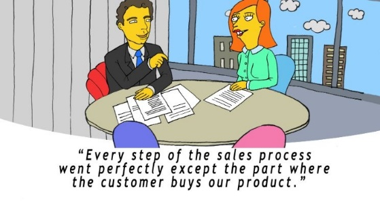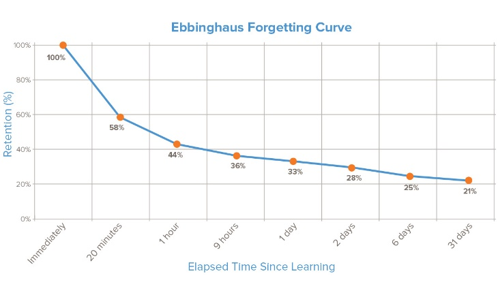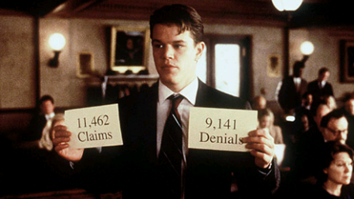The idea of having to ‘make sales’ so that clients are continually engaged with your hard-earned legal qualifications can be an unwelcome thought.
‘For some lawyers it generates images of endlessly swapping business cards, pitching your practice through catch phrases and hustling clients to buy into your professional ability’.

In terms of how to sell your service, within the context of law, there are not reams of up-to-date material to browse through on this subject. For the lawyers that review what is available you will not be swamped with information and choice. At Wilkinson Read we researched what are the most accepted and recognised business development sales models available today and our reflection included the following:
- SPIN selling
- N.E.A.T. selling
- Conceptual selling
- SNAP selling
- The Challenger sale
- The Sandler System
- Customer centric selling
- MEDDIC
- Solution selling
‘These represent the best-selling concepts either in text or training programmes. Not one of them was created with the legal profession in mind’.

On top of this in the modern marketplace it is no longer enough to be a first-class practicing lawyer. The old adage that ‘good work will generate its own reward’ no longer generates the opportunity that it once did.
Not only is the legal marketplace no longer so accommodating, the forum for delivering sales messages in general is very, very, cluttered. It is worth considering that a recent study of media usage and advert exposure suggests that that for a typical adult their daily media consumption has grown from 5.2 hours per day in 1945 to 9.8 hours today. This analysis by Media Dynamics suggests that we have moved from being exposed to about 500 adverts a day in the 1970’s period to as many as 5,000 a day today in the on-line world we live in.
‘It seems like the goal of most marketers and advertisers nowadays is to cover every blank space with some kind of brand logo or a promotion or an advertisement’
It is the new reality that whatever selling skills you possess will now have to also compete with this cacophony of sound bites. Professional marketers have found a way to promote their clients through the use of parking stripes, postage stamps, floors, coffee cups, buses, buildings and so on and so on so that there is a continual assault on the senses of the consumer. Your Rainmaking ability will have to compete with this. According to the research by Media Dynamics regardless of your sales skills you are by default competing with:
- Average number advertisement/brand exposures daily per person: 5,000+
- Average number of “ads only” exposures per day: 362
- Average number of “ads only” noted per day: 153
- Average number of “ads only” we have some awareness of per day: 86
- Average number of “ads only” that made an impression (engagement): 12
Whatever Rainmaking message you are delivering through your ‘sales skills’ it will have to compete with this torrent of noise, content and information.

Then for those with a more complex client offer there is the consideration of Professor Herman Ebbinghaus and the ‘Ebbinghaus forgetting curve’. At Wilkinson Read we have been examining the impact of this on Rainmakers within the legal professional. The Ebbinghaus forgetting curve states that:
‘Retention of new and unused information deteriorates to 20% of content within 30 days’.

In real terms it might have that type of impact. As we have discovered through our 27 years of experience if a lawyer offers a sophisticated service to the layman or has a differentiation that requires a thorough grasp of the subject matter then without some form of sales skill it will not be memorable to the client. A ‘sales personality’ will not compensate for this as you may remain memorable but your offer will fail to and this is a common error.
‘Selling skills are either commercial skills or a business development skill set. Something very tangible and measurable that can be described within a job description or a learning framework that is a series of steps and skills define the shape of selling within the legal profession’.
Without the precision of the appropriate selling skills that support you to get in front of your target audience and that also deliver the right buying environment…it will be an endless struggle.

In this initial article we share some basic components that will support the reluctant Rainmaker progress in building the right proficiency.
‘Our belief is that there are five components that make up this proficiency’.
All five of them have an impact not just on the quantity of work but the quality of it. Both quantity and quality have a direct impact on the overall success of your career and your practice. These are the five components which we recognise as the following:
- Developing prospects. Finding a prospective user of your legal service. Essentially this is someone to speak to about the legal skills that you are able to use on their behalf. Taking that further it is essential that we describe a prospect as someone that has a requirement to hire you and your track record is a professional match for the prospect. The foundation of this is to be referable. That means that it is straightforward for someone to connect you to a 3rd party as they can communicate why you are the legal professional, they should be working with.
- Making contact with your prospects. How to effectively and efficiently make contact with these prospective users of your service. Taking that further this is to preferably create genuine interest and be able to develop this into a first meeting as a minimum.
- Presenting your offer to these prospects. How to ensure that a layman or a new user of your skills can differentiate why you should be the lawyer that they engage with.
- Handling the questions and objections your prospects produce. There is a sequence of typical conversations that take place before a prospect is at the point to make a decision to engage you. This is the skill of preparing responses that support your prospect make the decision to decide to look no further and work with you.
- Closing the decision to use you. How to generate commitments from prospective clients within a professional and non-pressured manner that is also a match for them recommending you to other prospective clients.
At Wilkson Read we believe that these should be the recognised commercial actions that a Rainmaking legal professional should possess. They form a virtuous circle of skills that all interlock. If your existing clients presumably like your approach then with the right skill set you will be able to get referred to further prospects just like them. If you are referred then you are already building up a prospect list of likely clients. By being easy to refer your contact strategy with new prospects becomes easier as you enter their consciousness at a higher level. You are not part of the noise of all the other marketing sounds that are competing. You are not as exposed to the Ebbinghaus forgetting curve as your connection point is through an embedded relationship. The starting point in terms of presenting your value is positioned by being referred by an existing user of your professional services.
